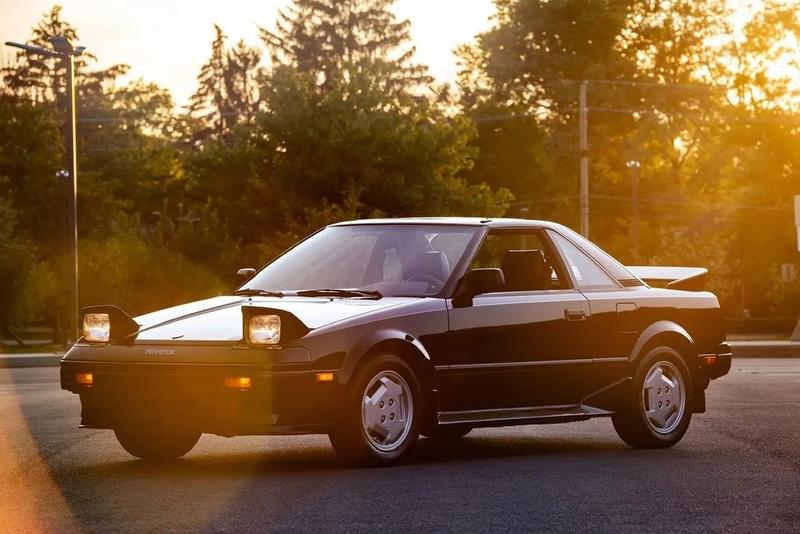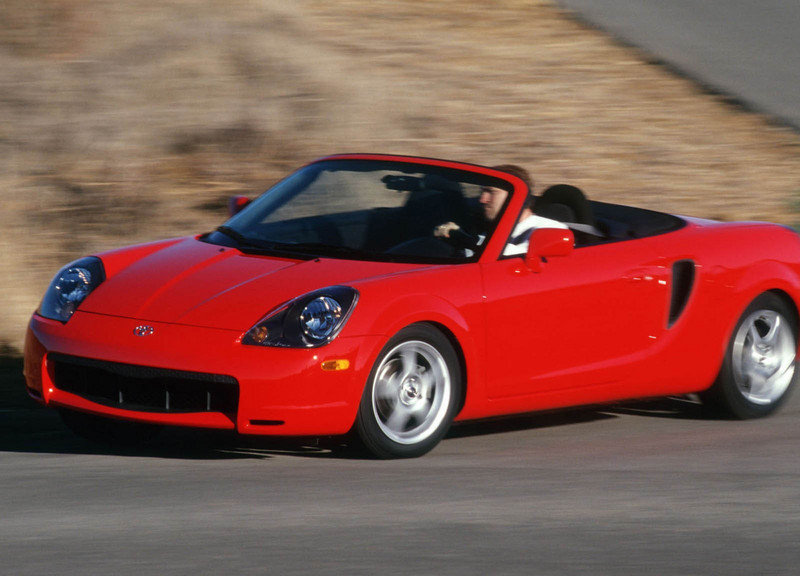 Large, luxurious, and very serious, the first generation CL was also an SEC and S during its life. While Mercedes-Benz played the Nineties naming games with its lineup, the W140 soldiered on in two-door format as a last-of for a top-tier Mercedes coupe.
Large, luxurious, and very serious, the first generation CL was also an SEC and S during its life. While Mercedes-Benz played the Nineties naming games with its lineup, the W140 soldiered on in two-door format as a last-of for a top-tier Mercedes coupe.
The W140 500 SEC and 600 SEC were introduced in 1992 globally as successor to the C126 (that’s coupe) variant of the legendary W126 S-Class. We’ve covered C126 previously in both standard and cocaine-inspired AMG variants, but never a W126. Look for it in a future Rare Rides Icons.
 Both versions of the W140 were penned by Bruno Sacco late in 1987, during the middle of his career at Mercedes. Sacco was lead designer at Benz between 1975 and 1999. With the W140, he brilliantly continued the pillarless hardtop styling of the C126. Two models of SEC were initially available: The 500 used a 5.0-liter V8 that produced 320 horsepower, while the top-drawer 600 SEC had a V12. The most expensive car Mercedes produced at the time, it used a 6.0-liter engine that produced 394 horsepower and rocketed the coupe to 60 in 6.1 seconds. The 600 SEC was incredibly exclusive, and fittingly asked $132,000 in 1992. Adjusted for inflation that figure comes to an eye-watering $262,000. V12 models were identifiable almost solely via their V12 badges on the C-pillar and the 600 on the back.
Both versions of the W140 were penned by Bruno Sacco late in 1987, during the middle of his career at Mercedes. Sacco was lead designer at Benz between 1975 and 1999. With the W140, he brilliantly continued the pillarless hardtop styling of the C126. Two models of SEC were initially available: The 500 used a 5.0-liter V8 that produced 320 horsepower, while the top-drawer 600 SEC had a V12. The most expensive car Mercedes produced at the time, it used a 6.0-liter engine that produced 394 horsepower and rocketed the coupe to 60 in 6.1 seconds. The 600 SEC was incredibly exclusive, and fittingly asked $132,000 in 1992. Adjusted for inflation that figure comes to an eye-watering $262,000. V12 models were identifiable almost solely via their V12 badges on the C-pillar and the 600 on the back.
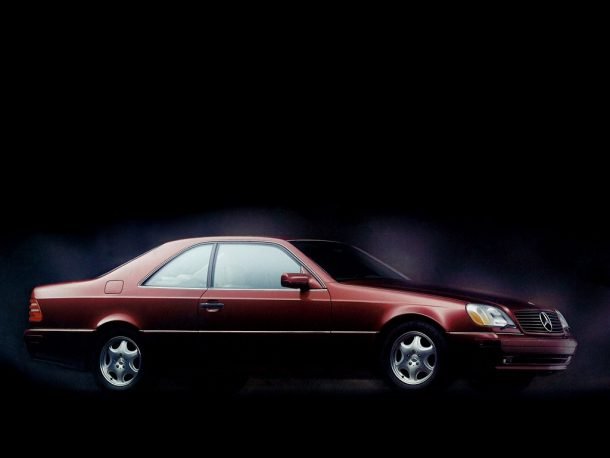 The range expanded into other models over the years, as a less expensive 4.2-liter V8 was an option in some markets. On the other end of the spectrum, AMG models used larger and more powerful V12 engines of 6.0, 6.9, and even 7.3 liters. That largest engine allowed the CL 73 AMG a top speed of 199 miles per hour and was the engine Pagani chose to power the Zonda of the 2000s. Standard Mercedes-issued coupes were all limited by German tradition to 155 mph. A considerable number of horses were required to motivate the CL, since in any trim it weighed at least 4,500 pounds, and weighed about 4,900 pounds with a 12-cylinder lump upfront. All cars used a four- or five-speed automatic dependent on model year.
The range expanded into other models over the years, as a less expensive 4.2-liter V8 was an option in some markets. On the other end of the spectrum, AMG models used larger and more powerful V12 engines of 6.0, 6.9, and even 7.3 liters. That largest engine allowed the CL 73 AMG a top speed of 199 miles per hour and was the engine Pagani chose to power the Zonda of the 2000s. Standard Mercedes-issued coupes were all limited by German tradition to 155 mph. A considerable number of horses were required to motivate the CL, since in any trim it weighed at least 4,500 pounds, and weighed about 4,900 pounds with a 12-cylinder lump upfront. All cars used a four- or five-speed automatic dependent on model year.
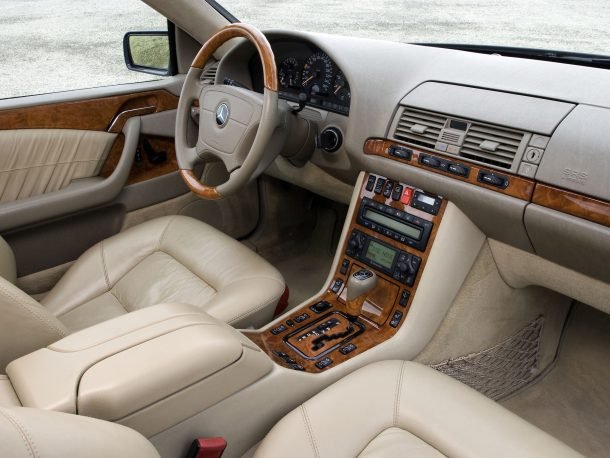 In 1994 the SEC moniker that Mercedes used for decades was replaced by an S, as the S 500 Coupe and S 600 Coupe more closely identified with their sedan sibling. It was a temporary measure though, as for the model year 1997 in Europe and 1998 in North America the S was swapped for CL, and the CL-Class was born. Models were then CL 500, CL 600, and so on. The car underneath changed little over the years, as Mercedes used their best build quality, materials, and technology in their halo coupe.
In 1994 the SEC moniker that Mercedes used for decades was replaced by an S, as the S 500 Coupe and S 600 Coupe more closely identified with their sedan sibling. It was a temporary measure though, as for the model year 1997 in Europe and 1998 in North America the S was swapped for CL, and the CL-Class was born. Models were then CL 500, CL 600, and so on. The car underneath changed little over the years, as Mercedes used their best build quality, materials, and technology in their halo coupe.
The W140 coupe was offered through 1999 in Europe and 2000 in North America, at which point it was replaced by the W215 CL-Class. The second CL was based upon the new W220 S-Class sedan. The W215 was noteworthy, as it was Bruno Sacco’s final design for Mercedes. Both the W215 and its 2007 successor (C216) were more modern, full of even more technology, much more complicated, and as a consequence has aged more poorly over the years. Both second and third-gen CLs can be found commonly on high-quality internet content like “You Can Get All This $200,000 Mercedes Coupe For $15,000 You Guys Like and Subscribe,” but the W140 SEC and CL have escaped such an undignified fate. Their quality, non-bling appearance, and limited production (26,022 total) have kept them under the radar.
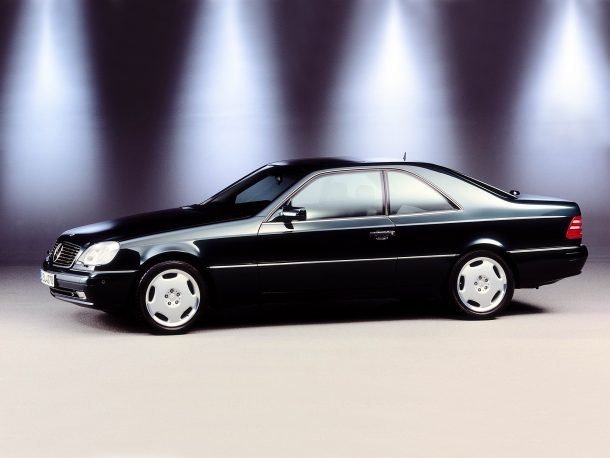
Shortly before the end of its production, Mercedes offered a final run trim on the W140 CL which they creatively called Final Edition. Said special edition seems to be an “all options as standard” version of the CL 500, and in this instance pairs a nice navy metallic paint to a black interior, with sporty AMG-adjacent monoblock wheels. A testament to its build quality, today’s CL has traveled over 164,000 miles and looks brand new. Located in Spain, the future classic asks $15,235.
[Images: Mercedes-Benz]
Become a TTAC insider. Get the latest news, features, TTAC takes, and everything else that gets to the truth about cars first by subscribing to our newsletter.



